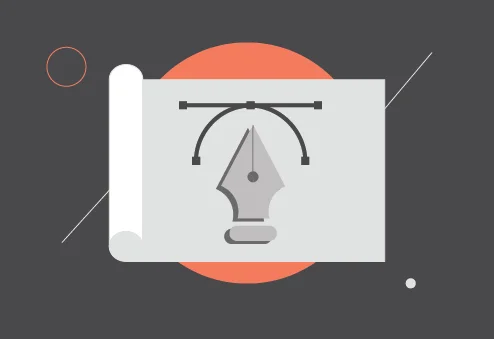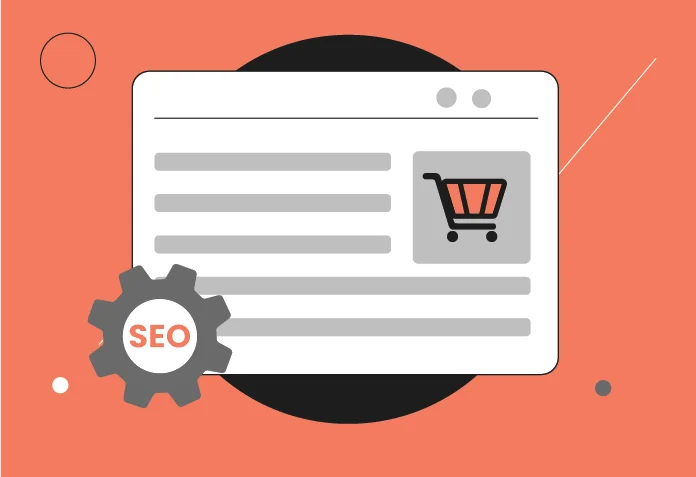Just think of having a marketing team in which one employee can read accurately ten times and never misspell a word, never fall asleep, and crunch thousands of analytical data in a few seconds, and at the same time is flexible to your approach as an old hand.
And that is not sci-fi anymore. It is the entry of the AI employee, and it is restructuring and redefining how contemporary campaigns are developed, managed, and optimized.
Did you know?
- Marketing that is AI-driven is witnessing an increase of 15-20% in the ROI because of smart automation and targeting.
- By 2026, 60% of the CMOs are likely to partner with AI employees to execute their campaigns.
- With the help of real time data insights and automated personalization, marketing companies can see three times higher engagement rates.
In this blog, we will discuss what an AI employee is, and how it functions. We will learn further how marketing automation can build fruitful campaigns and give intelligent insights.

What Is an AI Employee?
An AI employee is a robot powered by artificial intelligence and trained on a large dataset, capable of complementing or augmenting human employees.
In other words, it is an artificial, smart agent for business automation that is conditioned to perform complex business tasks that otherwise would demand, at least, human cognition, which includes, of course, analyzing the customer behavior, conducting campaigns, qualifying leads, or even writing content.
In contrast to traditional automation platforms which use pre-specified rules, AI employees grow, learn and evolve with every databank that they can interact with.
The Rise of AI Employee in Marketing
The determinants of a successful market were speed, timing, and precision. There are many marketing campaigns launched at the wrong time and failed miserably, which otherwise would have rocketed if projected prudently.
Earlier, the timing and precisions were determined by the spreadsheets and segmented email lists combined by human intelligence, which is not static.
AI employees can work autonomously by understanding past purchase patterns and giving intelligent insights without having any chance of error.
What shift did it bring in?
- Without sacrificing personalization, work is executed faster.
- Considering the real-time campaign insights, adjustments are made.
- Humans are liberated from doing repetitive tasks such as emailing, targeting, and scheduling.
How AI Employees Handle Campaigns
AI employees do not only serve as digital assistants. They are running multitaskers who tend to work on many aspects of the campaign engine simultaneously.
Their core responsibilities are:
- Smart Segmentation
Divide large contact lists into high-performance micro-audiences relative to interest, behavior and lifecycle stage
- Personalized Content Automation
Create personalized email copy, product suggestions, or variation of landing pages on the basis of user specific paths.
- Multichannel Optimization
Track the record of campaigns from all the customer touchpoints such as email, website, social media, and ads. Optimize the channels as per the user’s requirements.
- Lead Scoring and Routing
Look at behavior cues and activity history to create high-intent leads and set them to fit in right funnels or representatives.
- Performance Analytics and Reporting
Produce visual dashboards and reports of bottlenecks in the campaigns, the top converting assets, and content gaps.
The Role of AI in Marketing Automation
The emergence of AI employees is not considered to be a purely technological change but rather intellectual. It transforms the way marketing automation is planned, carried out, and perceived.
Marketers are no longer restricted to rule-based systems that need continuous human fine tuning. Automation with AI at its core is dynamic, responsive and individualized to each and every real-time individual.
Let us learn how AI employee is changing marketing automation dynamics:
1. Smart Segmentation and Personalization
Effective marketing has always been based on segmentation. However, the traditional ways use fixed parameters of location, age, and job title that usually fail to produce true intent or emotional appeal. This practice among AI employees is advanced to the point of being behavioral and contextual.
While leveraging AI powered segmentation:
- Real-time engagement patterns, purchase ability, and content consumption behaviors are used to cluster users in groups.
- Segments are automatically updated once new information is introduced into the system.
- Micro-audiences are shown an extraordinarily individualized campaign talking about their motivation and place within the buyer’s journey.
2. Predictive Analytics and Real Time Optimization
Marketing has been futuristic by nature and in most cases, it was based on hindsight. We already had quarterly reports, A and B testing cycles, and retrospectives of campaigns and could tell what worked, but only retrospectively. AI employees move up that time scale. They predict what is going to be operational even before its launch and optimize campaigns during the process.
Their key capabilities include:
- Budget Allocation
- Behavioral Forecasting
- Outcome Simulation
Such predictive intelligence will mean fewer squandered budget items and greater insight earlier. The days where campaigns are run in a linear manner are over. They teach and readjust and self-correct at each touchpoint.
3. Adaptive Content and Customer Journeys
Traditional automation sends messages at given intervals and with set messages. AI employees go the extra mile to coordinate customer journeys in accordance with channel interaction signals and contextual triggers. The experience turns effortless, not constrained.
How adaptive content looks like:
- When a user is surfing through high-end products, they are given aspirational messaging, whereas, when a bargain seeker, they are offered value messaging.
- The frequency of emails is restricted by the reactions to emails and does not exhaust the client, increasing the open rates.
- In real time, content variants are chosen according to device type, previous involvement, and user attitude.
Benefits of Integrating AI Employees into Your Marketing Stack
The marketing environment no longer competes on the basis of how hard teams can work, but on how smartly their systems may react. The idea of integrating AI employees within your marketing stack is not that of following all the current trends; it is that of creating a base capable of thinking, adjusting, and growing in a precise manner.
Below are four main advantages that can answer why AI employees are gaining currency among high-performing marketing departments.
1. Enhanced Speed, Accuracy and Consistency
The creativity of human marketing is a fact, but so is its essential time constraint, fatigue, and manual regulation. An AI employee provides a high level of consistency in any campaign regardless of whether it being small or complex.
2. Lower Operational Cost
Most companies believe that employing AI will simply increase overhead costs. On its contrary, AI employees save on operational expenses through less manual labor work, shorter production cycles, and the low requirement of heavy teams to be involved in executions.
3. 24/7 Campaign Execution
Contrary to human marketers who need to sleep, AI employees work around the clock. They do not take breaks. They do not fail to meet deadlines. And most importantly, they never lose context.
4. Empowered Teams Through AI Collaboration
Integration of AI agents is not related to replacing marketers, but rather to setting them free. In cases where the onus of execution has been removed, creative minds are then at liberty to attend to what machines cannot imitate; intuition, narration and emotional intelligence.
Conclusion
The emergence of AI employees should not be just a milestone on the technological path. It promises us a new age of marketing: where automation is not functional, mechanical, but perceptive, dynamic, and highly human in its perception and understanding of human dynamics.
The tools no longer define whether you have a smart campaign or not; it is the intelligence within the tools. AI employees bring complexity to light. When you command them, they send the appropriate message to the appropriate person, at the appropriate time. They take any guesswork out of segmentation, remove delay in optimization, and make customer journeys feel personal at scale.
It is the time to re-dream your marketing stack, not as a set of separate tools, but as a live, thinking machine, which is energized by an AI agent. The more intelligent your technology will be, the more humane your marketing will be.



